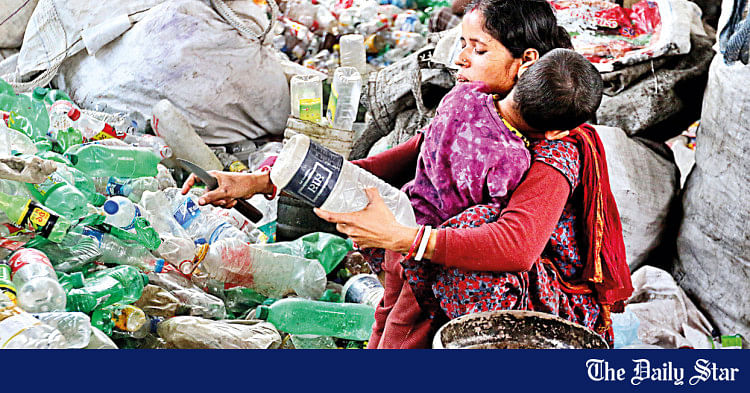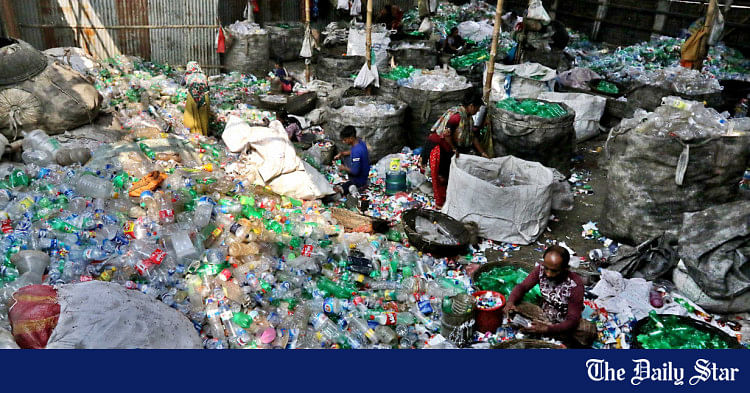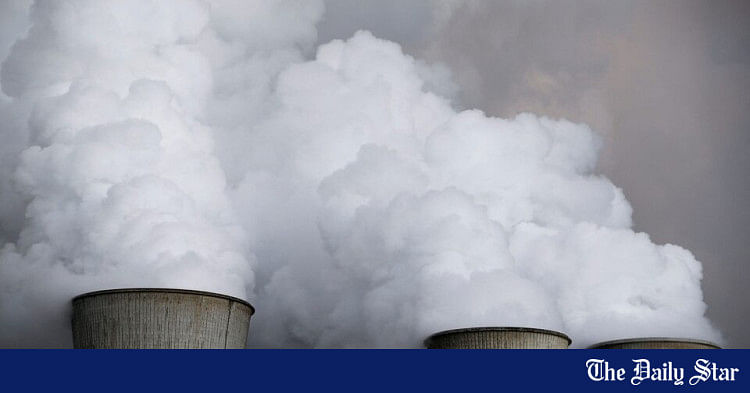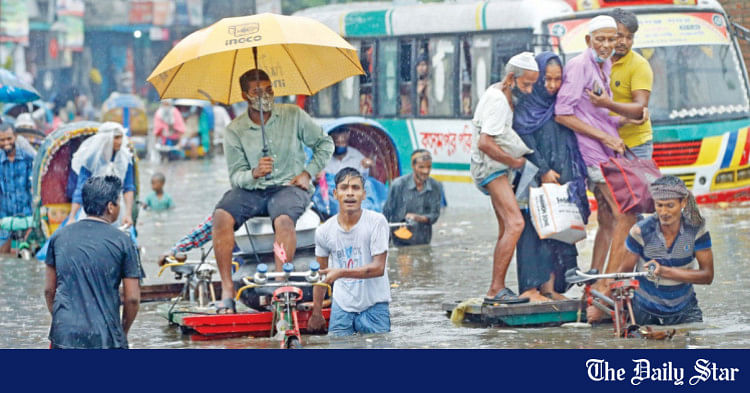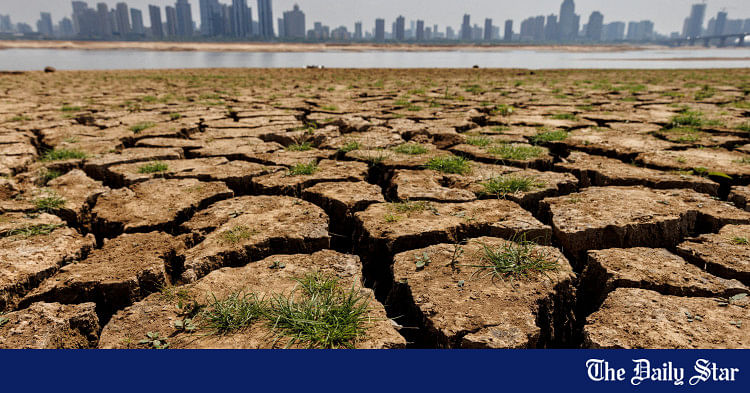- Copy to clipboard
- Thread starter
- #421
Saif
Senior Member
- Joined
- Jan 24, 2024
- Messages
- 15,359
- Reaction score
- 7,862
- Points
- 209
- Nation

- Residence

- Axis Group


Bangladesh to observe World Environment Day June 25
Bangladesh will observe World Environment Day on June 25 instead of June 5, as Eid-ul-Azha holiday has already begun in the country...
 www.newagebd.net
www.newagebd.net
Bangladesh to observe World Environment Day June 25
Bangladesh Sangbad Sangstha . Dhaka 05 June, 2025, 21:03

Representational image. | BSS photo
Bangladesh will observe World Environment Day on June 25 instead of June 5, as Eid-ul-Azha holiday has already begun in the country.
The Ministry of Environment, Forest and Climate Change chalked out different programmes to mark the day on June 25.
This year’s theme of the day is ‘Say no to plastic pollution - it is time to act’.
Chief adviser Professor Muhammad Yunus is expected to attend the main event as the chief guest at the Bangladesh-China Friendship International Conference Center in Sher-e-Bangla Nagar in the capital.
The chief adviser is also expected to inaugurate the National Tree Plantation Campaign and the month-long Tree Fair and Environment Fair by planting sapling on the occasion.
Besides, he will confer the National Environment Awards and the National Awards for Tree Plantation and Wildlife Conservation among recipients.
To raise public awareness against environment pollution, the theme and the slogan of the World Environment Day 2025 will be broadcast as scroll messages on Bangladesh Television as well as all private TV channels and electronic media.
Bangladesh Sangbad Sangstha . Dhaka 05 June, 2025, 21:03
Representational image. | BSS photo
Bangladesh will observe World Environment Day on June 25 instead of June 5, as Eid-ul-Azha holiday has already begun in the country.
The Ministry of Environment, Forest and Climate Change chalked out different programmes to mark the day on June 25.
This year’s theme of the day is ‘Say no to plastic pollution - it is time to act’.
Chief adviser Professor Muhammad Yunus is expected to attend the main event as the chief guest at the Bangladesh-China Friendship International Conference Center in Sher-e-Bangla Nagar in the capital.
The chief adviser is also expected to inaugurate the National Tree Plantation Campaign and the month-long Tree Fair and Environment Fair by planting sapling on the occasion.
Besides, he will confer the National Environment Awards and the National Awards for Tree Plantation and Wildlife Conservation among recipients.
To raise public awareness against environment pollution, the theme and the slogan of the World Environment Day 2025 will be broadcast as scroll messages on Bangladesh Television as well as all private TV channels and electronic media.


